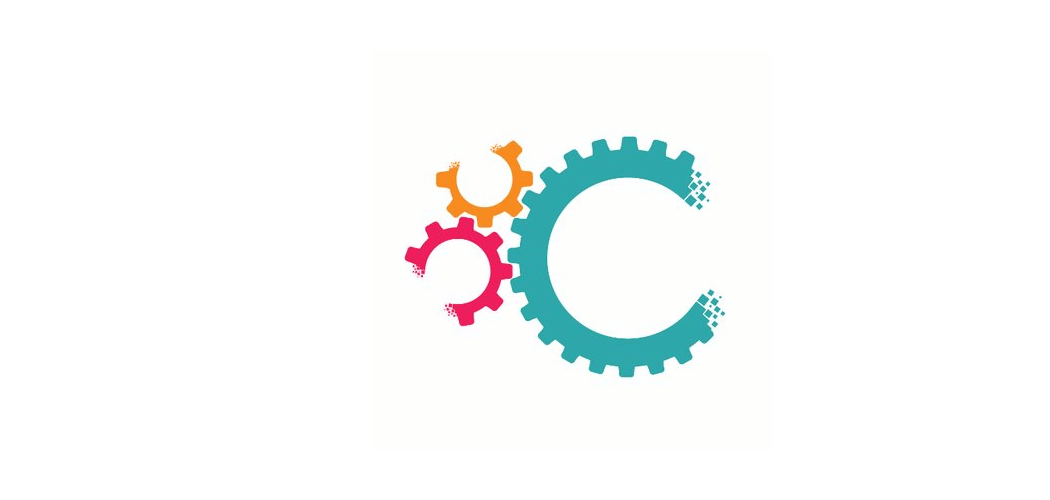While you may have heard the buzz around web accessibility, most business owners are uninformed about its importance and the implications of overlooking it in their organizations.
Because many business owners are unaware of web accessibility standards, they neglect to implement them during the early phases of website development.
Put simply, implementing web accessibility standards is crucial for any business. Failure to do so could leave your business vulnerable to lawsuits, hurt your brand, or prevent many potential customers from accessing your website.
What is Web Accessibility?
However, web accessibility isn't just about how users access and navigate the web. When the internet was built, universal guiding principles were developed to ensure all users could access it — regardless of their limitations and disabilities.
Web accessibility is about ensuring that your website and digital properties can be accessed by users with physical barriers, including those with permanent, temporary, conditional, or situational disabilities.
What Makes a Website Inaccessible?
When a website is designed and built without user experience in mind, it is considered inaccessible. Or, perhaps the website was built with some users in mind but not others. Most visual web design tools do not prioritize accessibility (if you're wondering about webflow accessibility, this tool is not an automated solution).
People with disabilities or limitations often encounter physical barriers on websites. The problem with these barriers is they can be hard to spot because they don't affect you. To detect barriers, you need to step outside your limited life experience.
Think of it this way: if you don't need to watch videos online with closed captions, you may not notice if they are not there. However, for someone who relies on closed captions to comprehend the content, the absence of closed captions will limit their experience and comprehension of the video.
Another thing to consider is situational disability — the fact that you don't need closed captions now doesn't mean you'll never need them.
Building and designing a website without considering accessibility can result in usability issues. Accessibility should be a well-considered aspect of any website right from the beginning.
Why is Web Accessibility Important for Businesses?
While accessibility is beneficial to users with disabilities, it is also beneficial for your business.
Accessibility can strengthen your brand, help you reach a wider audience, reduce the risk of legal complications, and improve your SEO and usability.
Strengthen Your Brand
One of the many benefits of ensuring your website is accessible to all users is that it strengthens your brand. Your website is a way to tell the world that your business is inclusive and mindful of its customers and their needs. Ensuring web accessibility also infers that your brand is aware of best practices.
Customers and partners are attracted to brands that promote an ethical culture. On the other hand, a business website that lacks accessibility can harm your business' reputation.
Reach a Wider Audience
Disabilities, impairments, and limitations are wide and varied. They can take the form of hearing loss, visual impairment, cognitive disabilities, and mobility limitations. According to the U.S. Centers for Disease Control and Prevention, approximately 1 in 4 Americans have some form of disability. Improving your website's accessibility is an excellent business decision.
While you don't have to ensure that your website is accessible to everyone in the world, a few modifications and tweaks can go a long way in making your digital content more inclusive. By adding accessibility features like closed captions, mobile-friendly site design and transcripts, your website will address the broader population's needs.
Reduce the Risk of Legal Complications
As the internet is increasingly becoming part of people's daily lives, it could be said that web accessibility for users with disabilities is a civil right.
According to The Americans with Disabilities Act, people with disabilities have the right to enjoy equal access to public services. Although the ADA does not specify web accessibility as a civil right, the legislation could also be interpreted as extending to the internet.
In fact, there have already been several legal cases where the U.S. Department of Justice has determined that inaccessible websites may be a violation of the ADA — and these cases are growing more common.
For businesses to avoid potential litigation for discrimination, accessibility should be prioritized by following the Web Content Accessibility Guidelines (WCAG).
Improve Your SEO
Accessible websites don't just promote usability; they also increase the chances of your site being found on search engines by improving your search engine optimization (SEO).
SEO's purpose is to drive more traffic to your website by increasing its ranking in search engine results. Although the algorithm that Google uses to rank websites has never been fully revealed, there are SEO best practices that bring results.
In fact, SEO and accessibility go hand-in-hand. Websites with simple, clean, user-friendly interfaces help people with disabilities navigate them easily and have a better bounce rate.
Improve Usability
Just as SEO and web accessibility go hand-in-hand, web accessibility and usability are also linked.
The purpose of accessibility is to make environments, services, and products more accessible to people with disabilities and limitations. From this perspective, it stands to reason that accessibility is another aspect of usability because it promotes an easy user experience.
One example of how accessibility and usability overlap is the practice of making a website fully navigable with only a keyboard or mouse, as set out in WCAG.
While the benefits to people who find operating a mouse or keyboard difficult are apparent, this standard also benefits a broader user base. Complying with this standard means your website's navigational elements are well-organized, making it easier for all users to find the content they're looking for.
The other standards set out in WCAG also intrinsically improve your website's usability — for instance, using alternative text for images and properties can benefit users with an unstable internet connection because they can see the context of the content before it loads.
Another accessibility standard is adding glossaries that explain technical terms and acronyms. These are useful for people with limited cognitive abilities, but they also benefit other users who might not speak fluent English.
So take the time to give your website a bit of extra thought to make it accessible and usable to all — and you'll reap the rewards.




